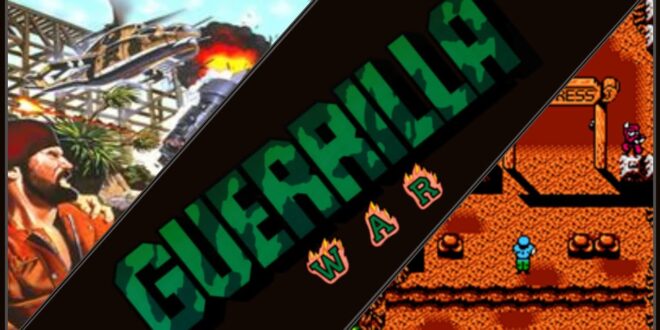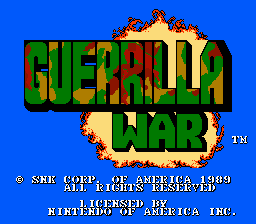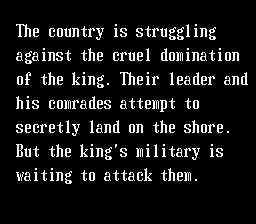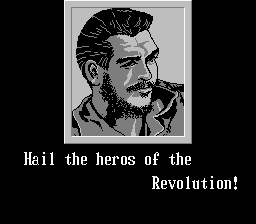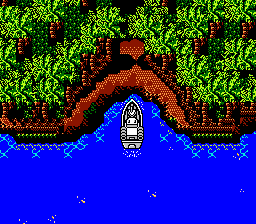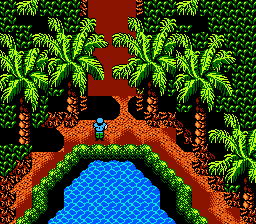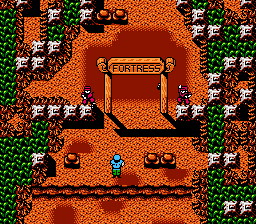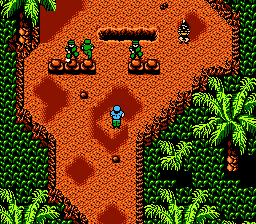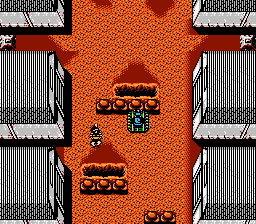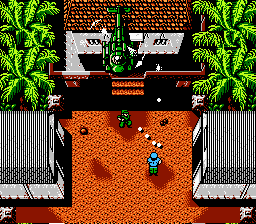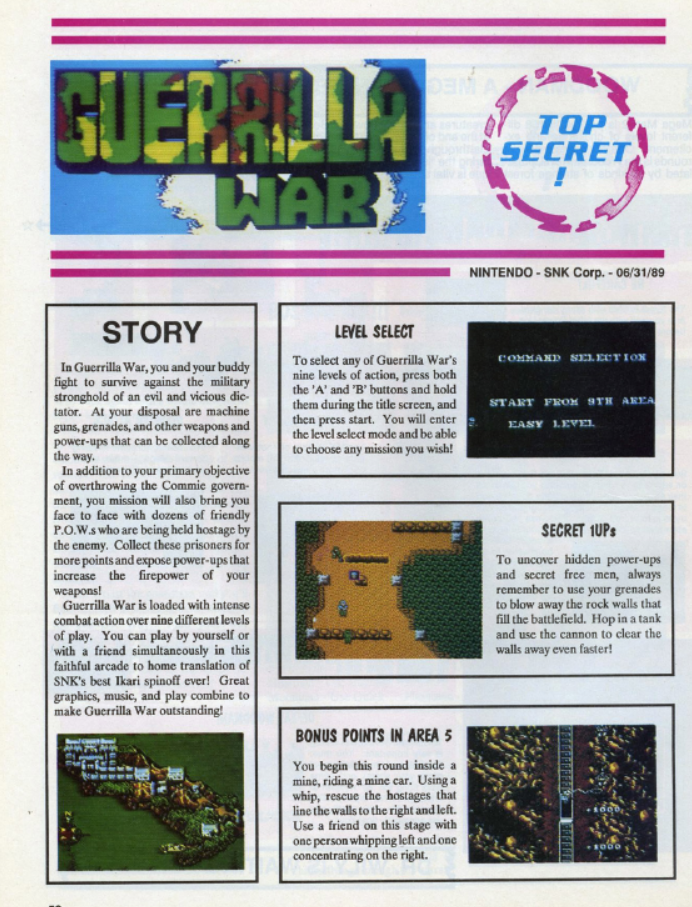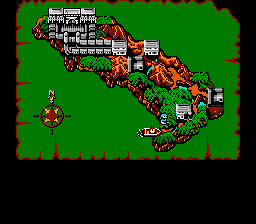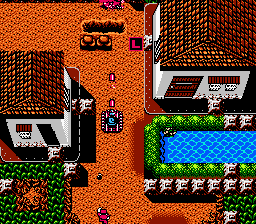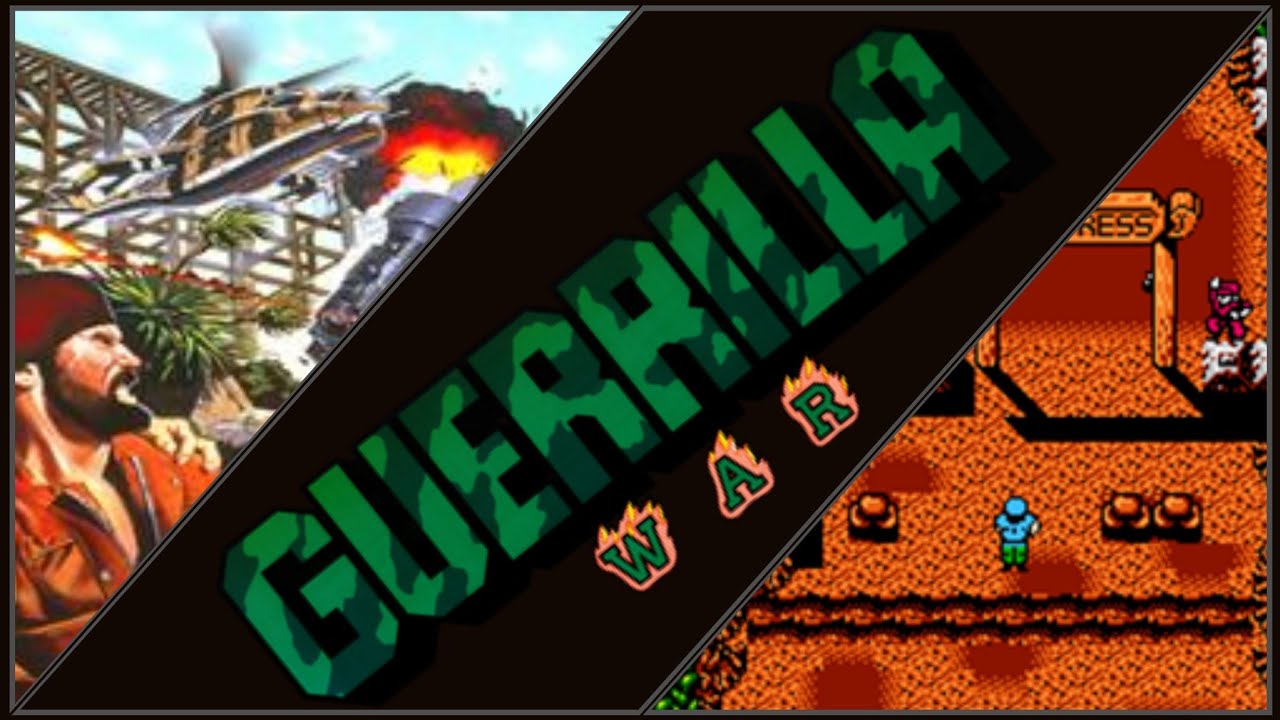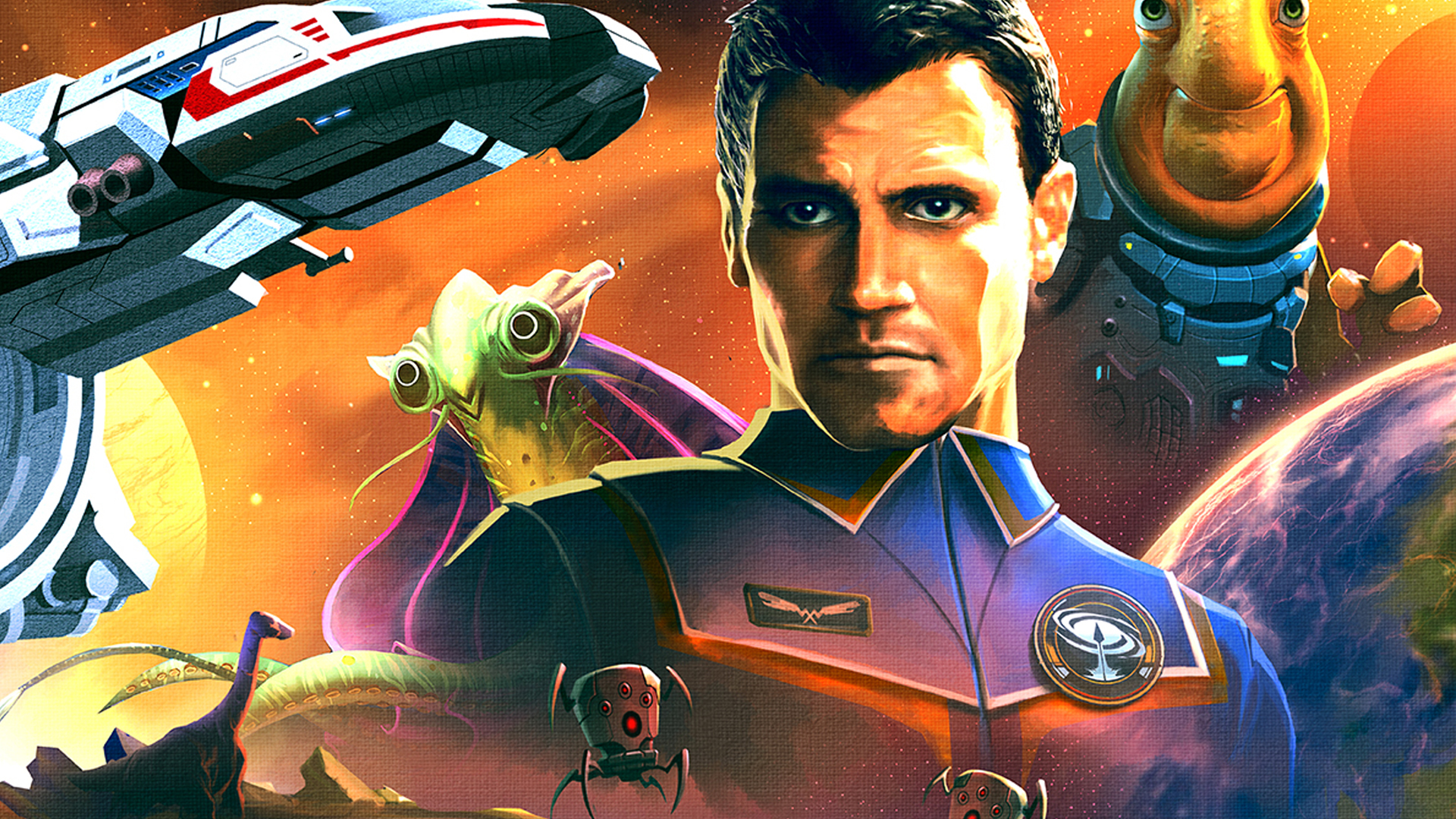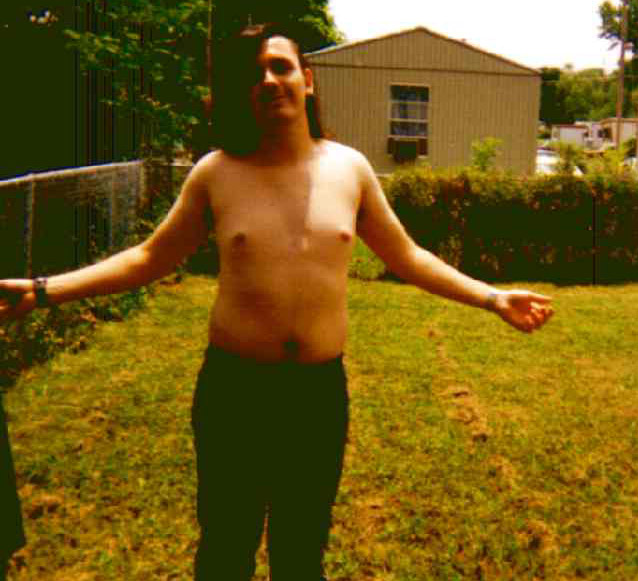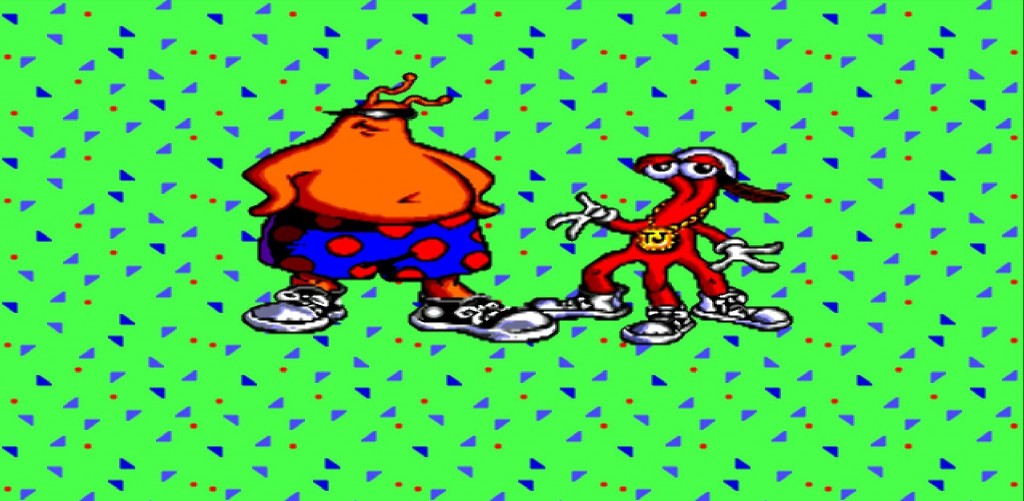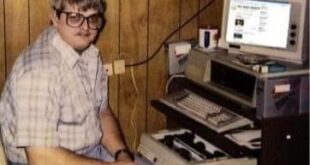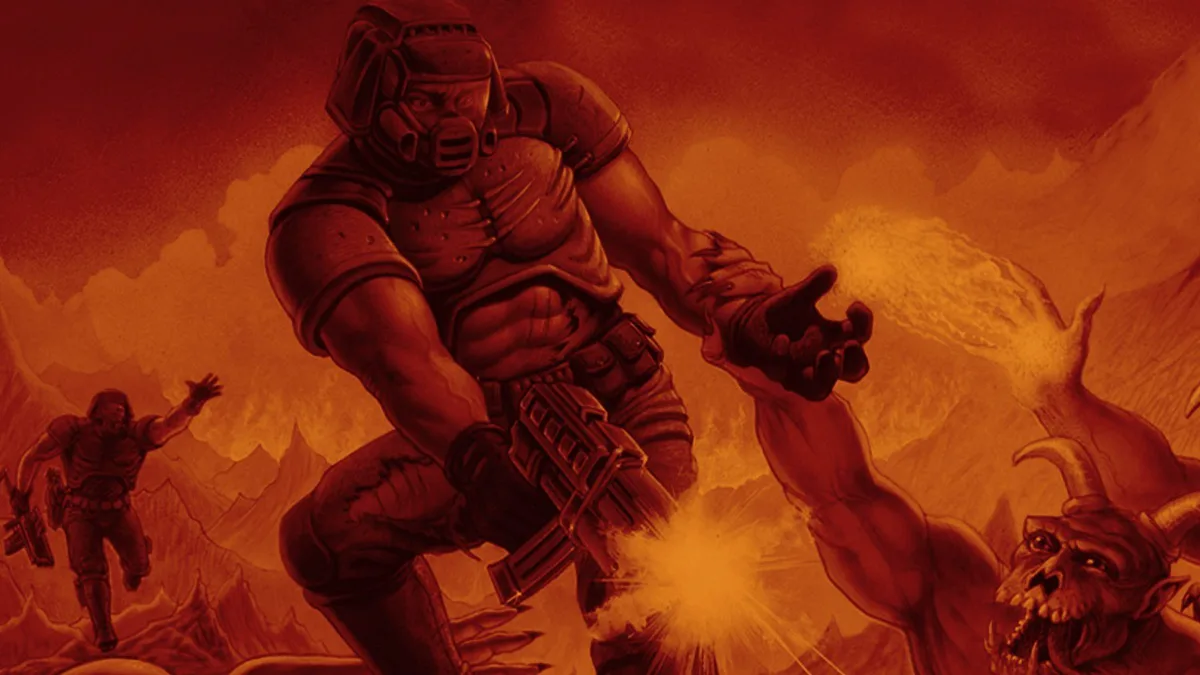(HEY YOU!! We hope you enjoy! We try not to run ads. So basically, this is a very expensive hobby running this site. Please consider joining us for updates, forums, and more. Network w/ us to make some cash or friends while retro gaming, and you can win some free retro games for posting. Okay, carry on 👍)
Retro Review: Guerrilla War for the NES
Introduction
Released in 1987, Guerrilla War (known as Guevara in Japan) is a top-down run-and-gun arcade game developed and published by SNK. The game quickly found its way to the Nintendo Entertainment System (NES), where it became a beloved title among action game enthusiasts. Set against the backdrop of a revolutionary struggle, Guerrilla War offered intense gameplay, cooperative multiplayer action, and a captivating story that resonated with many players. In this review, we will delve into the game’s development, story, gameplay mechanics, graphics and music, critical reception, and its enduring replay value.
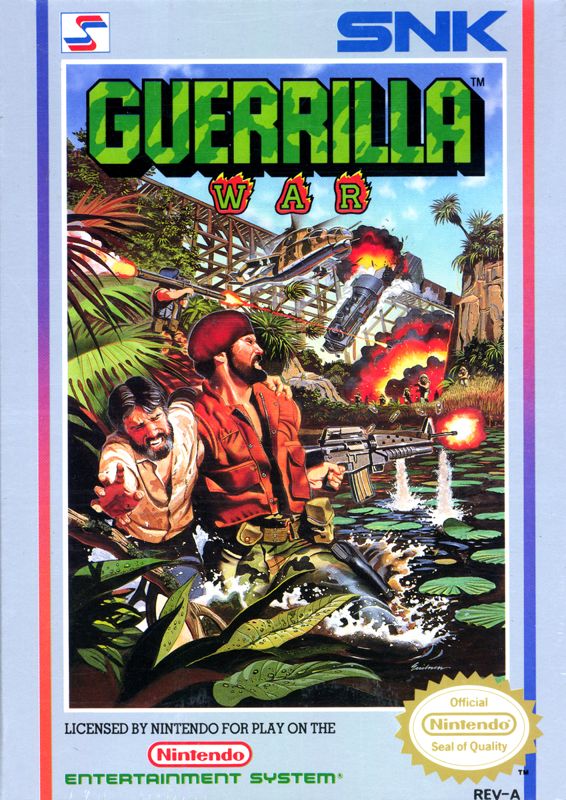
Development and Background
SNK, the developer behind Guerrilla War, was already well-known for creating engaging arcade experiences. The company had a reputation for producing high-quality games that combined excellent gameplay with impressive audiovisual elements. Guerrilla War was no exception. The game was part of SNK’s effort to bring their successful arcade titles to home consoles, making high-octane action more accessible to a broader audience.
The game’s original Japanese title, Guevara, is a direct reference to the famous revolutionary Che Guevara. This historical context adds a layer of depth to the game, as players take on the roles of Guevara and Fidel Castro, fighting against oppressive forces in a fictionalized version of the Cuban Revolution. This narrative choice was bold and unusual for its time, providing a unique backdrop for the relentless action.
Story
Guerrilla War’s story is straightforward yet engaging. Players assume the roles of two revolutionary leaders, tasked with liberating an island nation from a tyrannical regime. The game doesn’t delve deeply into the historical specifics, instead opting for a more generalized representation of revolutionary warfare. However, the premise is enough to provide context for the non-stop action and the players’ ultimate goal: overthrowing the dictator and freeing the people.
Throughout the game, players will encounter various environments, from dense jungles and enemy camps to fortified cities and industrial complexes. Each stage represents a step closer to the heart of the enemy’s power, culminating in challenging boss battles that test the players’ skills and strategic thinking.
Gameplay Mechanics
At its core, Guerrilla War is a top-down shooter that emphasizes fast reflexes and cooperative play. Players navigate through vertically scrolling levels, shooting enemies, rescuing hostages, and collecting power-ups. The game’s controls are intuitive, with players using the D-pad to move and buttons to shoot and throw grenades.
One of the standout features of Guerrilla War is its cooperative gameplay. The NES version supports two-player simultaneous play, allowing friends to team up and tackle the game together. This cooperative element is not only fun but also strategic, as players can cover each other’s backs, share power-ups, and coordinate their attacks to overcome tougher enemies.
The game’s difficulty ramps up steadily, with later levels introducing more enemies, environmental hazards, and complex boss fights. Despite its challenge, the game remains fair, providing players with ample opportunities to improve their skills and learn from their mistakes.
Graphics and Music
For an NES game, Guerrilla War boasts impressive graphics. The character sprites are detailed and well-animated, making it easy to distinguish between different enemy types and the player characters. The environments are varied and richly designed, with each level offering a distinct visual style that enhances the game’s immersive quality.
The music and sound effects in Guerrilla War are equally noteworthy. The soundtrack, composed by SNK’s talented team, features energetic and memorable tunes that perfectly complement the game’s fast-paced action. Each level has its own unique theme, adding to the atmosphere and keeping players engaged. The sound effects are crisp and impactful, ensuring that every explosion and gunshot feels satisfying.
Critical Reception
Upon its release, Guerrilla War received positive reviews from both players and critics. Publications like Nintendo Power praised the game for its intense action, cooperative gameplay, and impressive graphics. The game’s challenging yet fair difficulty was also highlighted as a significant factor in its appeal.
In a 1989 review, Electronic Gaming Monthly noted, “Guerrilla War delivers non-stop action that keeps players on the edge of their seats. The cooperative mode is a standout feature, making it a must-play for fans of the genre.” This sentiment was echoed by many players who appreciated the game’s engaging gameplay and replayability.
Here are a few of the scans from that 1989 magazine.
Replay Value
One of the key aspects that contribute to Guerrilla War‘s lasting appeal is its replay value. The game’s cooperative mode is a major draw, encouraging players to come back and experience the action with friends. The varying difficulty levels and the strategic depth required to master later stages also provide ample reasons to replay the game.
Additionally, the game features multiple power-ups and weapons that can significantly alter the gameplay experience.
Experimenting with different strategies and power-ups can keep the experience fresh even after multiple playthroughs. The thrill of discovering new ways to tackle challenging levels or finding hidden items adds to the game’s longevity. The ability to rescue hostages, which rewards players with extra points and power-ups, also encourages thorough exploration of each level.
Moreover, the game’s pacing and level design are crafted in such a way that even seasoned players will find new ways to improve their performance. Speedrunning Guerrilla War has become a popular activity among dedicated fans, with communities like Speedrun.com hosting leaderboards and sharing strategies for completing the game as quickly as possible.
Legacy and Influence
Guerrilla War has left a lasting impact on the run-and-gun genre. Its success on the NES helped pave the way for future titles that combined intense action with cooperative gameplay. Games like Contra and Ikari Warriors (another SNK title) owe a debt to Guerrilla War for popularizing this style of gameplay on home consoles.
The game’s influence is also evident in the continued interest from retro gaming communities. Websites and forums such as the Retro Gaming subreddit frequently discuss Guerrilla War, sharing memories, tips, and appreciation for its design. This ongoing conversation highlights the game’s enduring appeal and its significance in the history of NES gaming.
Community Reactions and Quotes
When Guerrilla War was released, it quickly garnered a loyal following. Players praised its fast-paced action and cooperative mechanics. A notable quote from a member of the “Retro Replay” community, John Whitfield, reflects this sentiment:
“Guerrilla War remains one of my all-time favorite NES games. The cooperative gameplay is unmatched, and the sense of accomplishment after defeating each challenging boss is incredibly satisfying.”
— John Whitfield, Retro Replay Community Member
This enthusiasm was shared by many who played the game during its initial release and continues to be echoed by those discovering it for the first time.
Fun Facts
- Historical Context: The game’s original Japanese title, Guevara, directly references Che Guevara, a central figure in the Cuban Revolution. This historical connection adds an intriguing layer to the game’s narrative, although it was toned down for the international release.
- Arcade Roots: Guerrilla War was originally an arcade game before being ported to the NES. The transition to the home console was handled expertly, retaining the arcade version’s intensity and cooperative gameplay.
- Hostage Mechanic: The game features a unique hostage rescue mechanic. Rescuing hostages not only provides extra points but can also yield powerful weapons and upgrades, adding a strategic layer to the gameplay.
- Multiple Endings: Depending on how well players perform, especially in terms of rescuing hostages, the game can end differently. This feature encourages players to replay the game to achieve the best possible ending.
Critical Reception and Links
To understand the game’s reception, it’s helpful to look at some historical reviews and modern retrospectives:
- Nintendo Power: As one of the leading gaming magazines of the time, Nintendo Power gave Guerrilla War high marks for its cooperative gameplay and challenging action. The magazine praised the game’s ability to keep players engaged with its varied levels and enemy types.
- IGN’s Retrospective on SNK Games: This article provides a broader context of SNK’s contributions to the gaming industry, highlighting Guerrilla War as a significant title in their portfolio.
- Retro Gamer Magazine: In a detailed retrospective, Retro Gamer explores the impact of Guerrilla War on the NES and its place in the evolution of run-and-gun games.
Conclusion
Guerrilla War for the NES is a standout title that combines historical context, intense action, and cooperative gameplay into a cohesive and enjoyable package. Its graphics and music are impressive for the era, and the gameplay mechanics remain engaging and challenging. The game’s legacy is evident in its lasting popularity among retro gaming enthusiasts and its influence on subsequent titles in the genre.
Whether you’re a longtime fan or a newcomer to retro gaming, Guerrilla War offers an experience that is both nostalgic and timeless. Its blend of fast-paced action and strategic depth ensures that it remains a beloved classic in the NES library. With its cooperative mode, varied environments, and replay value, Guerrilla War is a game that continues to captivate players decades after its initial release.
The verdict
Graphics - 83%
Sound - 81%
Gameplay - 85%
Replay value - 90%
85%
Guerrilla War remains one of my all-time favorite NES games. The cooperative gameplay is unmatched, and the sense of accomplishment after defeating each challenging boss is incredibly satisfying.
 Retro Replay Retro Replay gaming reviews, news, emulation, geek stuff and more!
Retro Replay Retro Replay gaming reviews, news, emulation, geek stuff and more!
